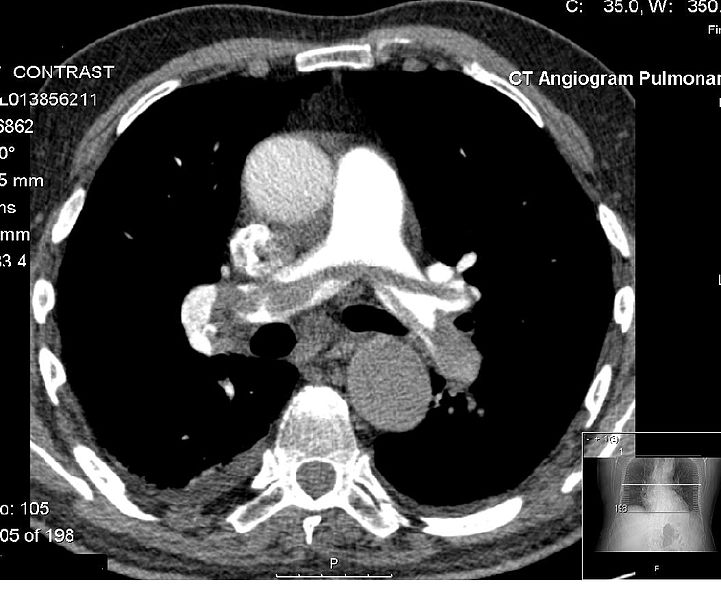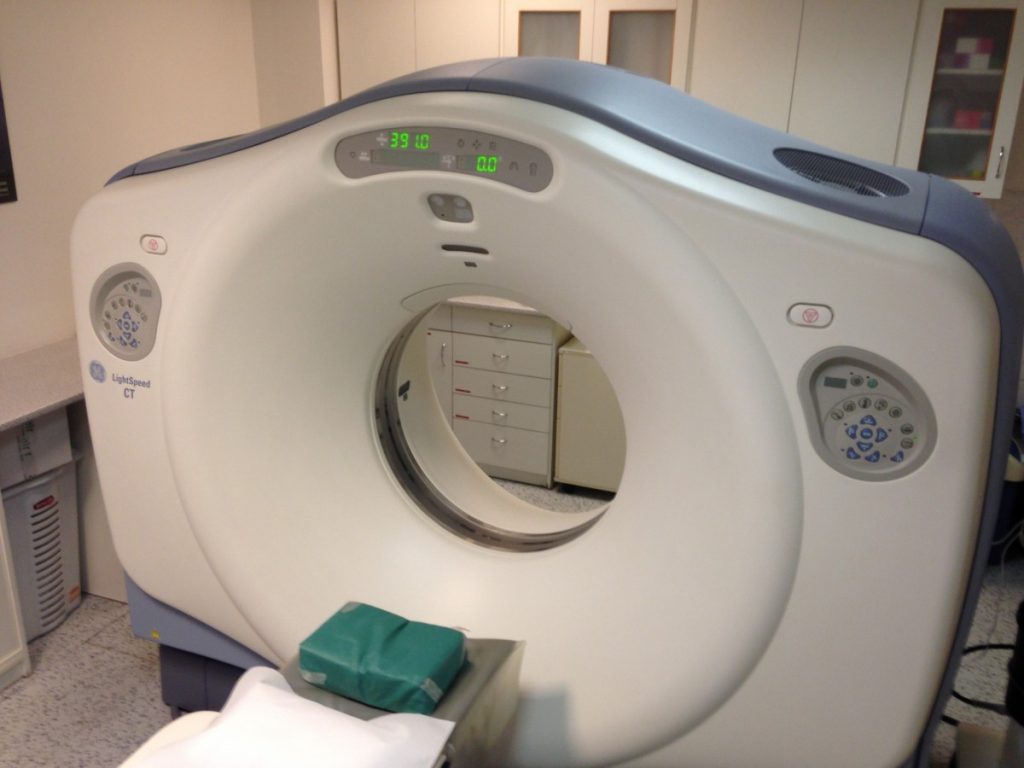Purpose
In this project, we hypothesize that polymorphisms of genes expressed by the airway epithelia in asthmatics following specific airway challenges predispose individuals to the development of asthma. To test this hypothesis, we plan to identify the genes that are differentially expressed by airway epithelial cells following challenge with stimuli that induce acquired (house dust mite) or innate (LPS) immune responses, and then determine whether polymorphisms in these genes are associated with the development of asthma in a separate, well characterized, familial cohort of asthmatics. This is a powerful approach that is designed to identify novel genes that are associated with both asthma pathogenesis (differentially expressed in the exposure-response study) and asthma susceptibility (genetically associated with asthma in a linkage/association study).
Purpose In this project, we hypothesize that polymorphisms of genes expressed by the airway epithelia in asthmatics following specific airway challenges predispose individuals to the development of asthma. To test this hypothesis, we plan to identify the genes that are differentially expressed by airway epithelial cells following challenge with stimuli that induce acquired (house dust mite) or innate (LPS) immune responses, and then determine whether polymorphisms in these genes are associated with the development of asthma in a separate, well characterized, familial cohort of asthmatics. This is a powerful approach that is designed to identify novel genes that are associated with both asthma pathogenesis (differentially expressed in the exposure-response study) and asthma susceptibility (genetically associated with asthma in a linkage/association study). Condition: – AsthmaStudy Type: ObservationalStudy Design: Screening, Cross-Sectional, Prospective Study Further Study Details: The overall goal of this project is to identify genes that are involved in the development of airflow obstruction and airway inflammation in asthmatics, and to determine whether polymorphisms in these differentially expressed genes predispose individuals to develop asthma. Asthma is a complex genetic disorder that is caused by a number of unique gene-gene and gene-environment interactions. The search for asthma susceptibility genes has been complicated by the broad clinical phenotype of asthma, the polygenic inheritance pattern of this disease, and the substantial role of environmental exposures in the development and progression of asthma. Inhaled environmental agents induce several biologic responses in asthmatics; including the induction of acquired and innate immunity that le ads to acute and chronic forms of airway inflammation and airway remodeling. Acquired immune responses to protein antigens, such as house dust mite allergen, often induce type 2 T lymphocyte-driven responses (Th2) which appear to be important in atopic asthma. Recent studies by our group and others demonstrate that innate immunity, initiated by inhalation of bacterial and viral pathogens, organic dusts, endotoxin or lipopolysaccharide (LPS), air pollution particulate matter, and ozone, can also cause acute and chronic forms of airflow obstruction, airway inflammation, and even airway remodeling. Emerging evidence indicates that both acquired and innate immune responses in the lung may be influenced by polymorphic genes. For instance, functional polymorphisms in the IL-4 receptor gene are thought to preferentially stimulate acquired Th2 immune responses to inhaled allergens, and we have recently shown that common co-segregating mutations in TLR4 (a transmembrane receptor for LPS) are associated with diminished airway responsiveness to inhaled LPS. These observations suggest that environmental challenges can be used to narrow the phenotype of asthma and investigate genetic susceptibility in biologically specific forms of asthma. Eligibility Ages Eligible for Study: 18 Years – 35 Years, Genders Eligible for Study: Both Accepts Healthy VolunteersCriteria Inclusion Criteria To be eligible for this investigation, subjects must fulfill the criteria below for asthma, non-asthma, atopy, or non-atopy, and must be between 18 and 35 years of age, Caucasian, never a cigarette smoker, have no significant occupational exposure to respiratory irritants or toxins, have no chronic use of medications (other than medications for allergies/asthma), have no systemic corticosteroid use in the previous month, have no historical or physical examination evidence of unstable cardiac or severe lung disease (including severe persistent asthma), have a baseline FEV1 > 70% of the predicted value, and have no clinically significant abnormalities on the chest x-ray or EKG. Subjects with a past or present history of allergen immunotherapy will be excluded. Subjects with underlying illnesses that may result in altered lung function (e.g. rheumatoid arthritis) will be excluded. In addition, female subjects must have a negative serum pregnancy test at screening and prior to each inhalation challenge a) Definition of asthma: Asthma will be diagnosed and the severity will be assigned according to the symptom and spirometry criteria outlined in the NHLBI guidelines [1]. For the purposes of this investigation, asthmatic subjects will be required to have either mild or moderate persistent asthma. In addition, asthmatics must have a positive response to inhaled methacholine (as defined above), normal lung volumes (TLC, RV, and SVC all ? 80% and ? 120% predicted), and a normal DLCO (? 80% predicted). Severe persistent asthmatics are at increased risk of complications from the inhalation challenges [2] and will be excluded from this investigation. Since the linkage and association study will be completed in a familial population of primarily childhood onset asthma, we will limit our asthmatic population in this specific aim to childhood onset of asthma; defined as physician diagnosis of asthma by 12 years of age. We do not anticipate difficulty in identifying subjects meeting this age restriction; however, if we do, we will expand our criteria to allow for recruitment of subjects with older onset. b) Definition of non-asthmatic: Volunteers who have undergone the screening evaluation will be considered non-asthmatic if they do not have respiratory symptoms suggestive of asthma (cough, wheezing, dyspnea, and chest tightness), have absolutely normal spirometry (FEV1 ? 90% predicted, FEV1/FVC ratio ? 0.70, and FEF25-75 ? 80% predicted), normal lung volumes (all values ? 80% and ? 120% predicted), a normal DLCO (? 80% predicted), have a negative response to inhaled methacholine (as defined above), and have a negative response to the specific airway challenge (as defined above). c) Definition of atopic: Atopy will be defined as having a positive skin test response to house dust mite and at least 3 additional aeroallergens tested. In addition, atopic subjects must have seasonal allergic symptoms (rhinitis and/or conjunctivitis) that result in use of antihistamines or nasal corticosteroids and a serum IgE level > 100 IU/ml. d) Definition of non-atopic: Potential study subjects will be considered non-atopic if they do not have any positive skin test responses and have a serum IgE level ? 100 IU/ml. In addition, non-atopic subjects must not have any seasonal or perennial allergic symptoms. (Source/Sponsor: Duke University Medical Center, Durham, North Carolina, National Center for Research Resources (NCRR) March 2004)
All content and media on the HealthEngine Blog is created and published online for informational purposes only. It is not intended to be a substitute for professional medical advice and should not be relied on as health or personal advice. Always seek the guidance of your doctor or other qualified health professional with any questions you may have regarding your health or a medical condition. Never disregard the advice of a medical professional, or delay in seeking it because of something you have read on this Website. If you think you may have a medical emergency, call your doctor, go to the nearest hospital emergency department, or call the emergency services immediately.







